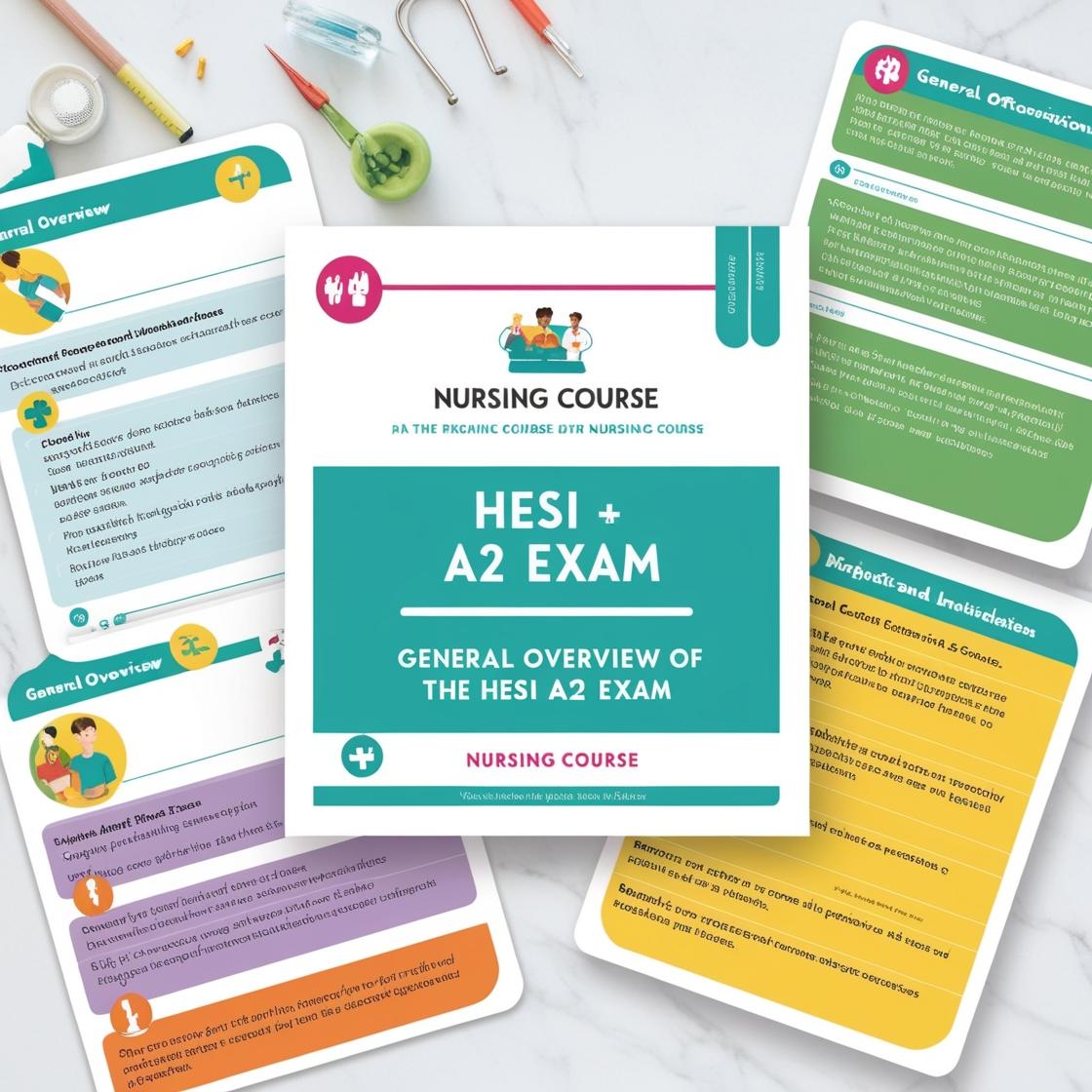HESI A2
HESI A2 Reading Comprehension V2 2024
Extract:
1. What is the major difference between matter at the nanoscale and matter at larger scales such as millimeters or inches?
- A. At the nanoscale, metals are rigid, and at larger scales, they are bendable.
- B. Matter has different and special characteristics at the nanoscale.
- C. At the nanoscale, matter has different properties than matter at the atomic level.
- D. There is no difference.
Correct answer: B
Rationale: The correct answer is B. Matter at the nanoscale exhibits unique and special characteristics that distinguish it from matter at larger scales. This can include properties like increased surface area, different melting points, altered conductivity, and enhanced reactivity. Choice A is incorrect as metals at the nanoscale can be more rigid compared to their larger scale counterparts. Choice C is incorrect because matter at the nanoscale has properties that are distinct from both atomic and larger scales. Choice D is incorrect as there are significant differences in how matter behaves and interacts at the nanoscale compared to larger scales.
2. Which claim from the passage best describes the benefits of nanotechnology?
- A. Scientists can develop novel technologies and products.
- B. Nanotechnology is defined as the understanding and control of matter at dimensions of roughly 1 to 100 nanometers.
- C. The different colors can be used in simple medical tests to indicate infection or disease.
- D. Unique properties of materials emerge.
Correct answer: D
Rationale: The correct answer is D because the passage specifically states that at the nanoscale, unique properties of materials emerge, which is a key benefit of nanotechnology. Choice A talks about what scientists can do but does not directly describe the benefits mentioned in the passage. Choice B is the definition of nanotechnology and not a specific benefit. Choice C mentions the use of different colors in medical tests, which is a specific application rather than a general benefit of nanotechnology.
Extract:
3. The author suggests that persistent passivity and imperturbability may be a direct result of which of the following?
- A. Drug-induced stimulation of the amygdala.
- B. A stroke that resulted in severe tissue damage in the limbic system.
- C. Encephalitis as a result of head trauma.
- D. Activation of a strategically implanted electrode in a patient’s amygdala.
Correct answer: B
Rationale: The correct answer is B. The passage highlights that damage to the limbic system, specifically the amygdala, can lead to passivity and lack of aggression. This is supported by the statement that patients with trauma or damage to the amygdala exhibit a complete absence of aggression. Thus, a stroke causing severe tissue damage in the limbic system, including the amygdala, can result in persistent passivity and imperturbability. Choices A, C, and D are incorrect because they do not directly relate to damage in the limbic system, which is specifically mentioned in the passage as the cause of the described behaviors.
Extract:
4. In the context of the passage, 'accommodate' means to
- A. Arrange lodging for
- B. Contain
- C. Make allowances for
- D. Excuse
Correct answer: C
Rationale: In this context, 'accommodate' means to make allowances for different focal points of vision. The passage explains that the function of the lens is to adjust for different focal points so that sensory data can be correctly directed to the retina for interpretation into images by the brain. This aligns with the meaning of 'make allowances for' as it indicates adapting to or accommodating different needs or requirements. Choices A, B, and D are incorrect because in the context of the passage, 'accommodate' specifically refers to adjusting for different focal points of vision rather than arranging lodging, containing, or excusing.
5. The author of the passage would probably agree with which of the following statements relating corrective lenses and aging eyes?
- A. A carpenter uses wood glue to fix a broken cabinet.
- B. A student buys a new notebook for upcoming classes.
- C. A chef sharpens knives before starting to cook.
- D. An athlete stretches before a game to avoid a potential injury.
Correct answer: D
Rationale: The correct analogy for the role of corrective lenses in helping aging eyes can be compared to an athlete stretching before a game. Just as stretching prepares an athlete's body to perform optimally and avoid injury during a game, corrective lenses help aging eyes adjust and focus properly due to the hardening and loss of elasticity in the eye lens. Choices A, B, and C do not align with the concept of preparing or adjusting to address a specific issue, unlike the use of corrective lenses for aging eyes.

Access More Features
HESI A2 Basic
$89/ 30 days
- 3,000 Questions with answers
- 30 days access
HESI A2 Premium
$129.99/ 90 days
- Actual HESI A2 Questions
- 3,000 questions with answers
- 90 days access
